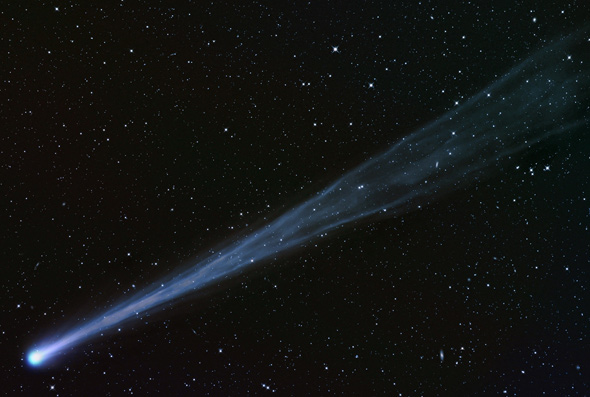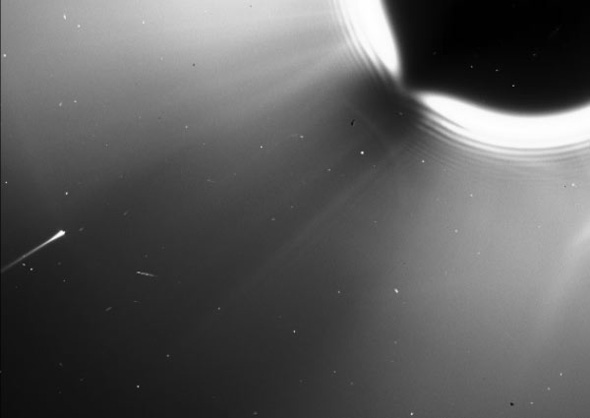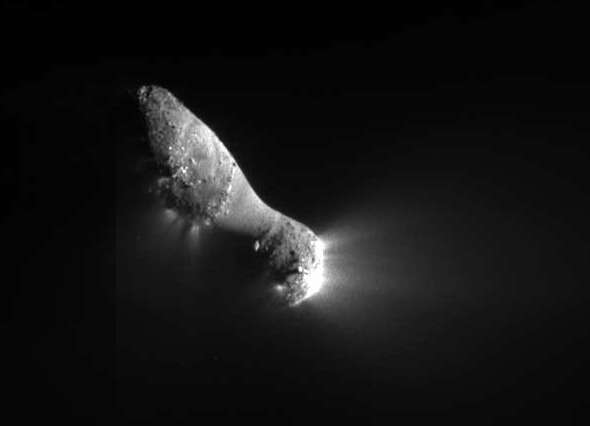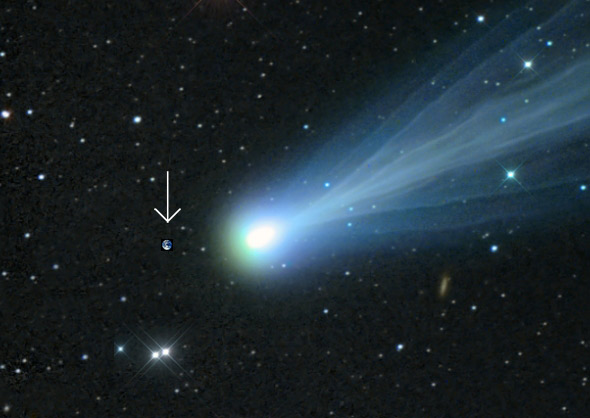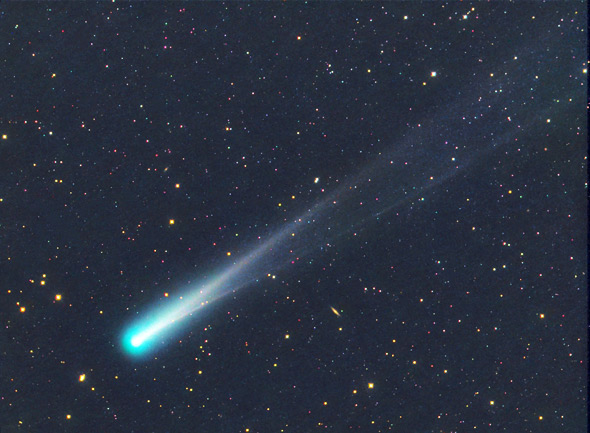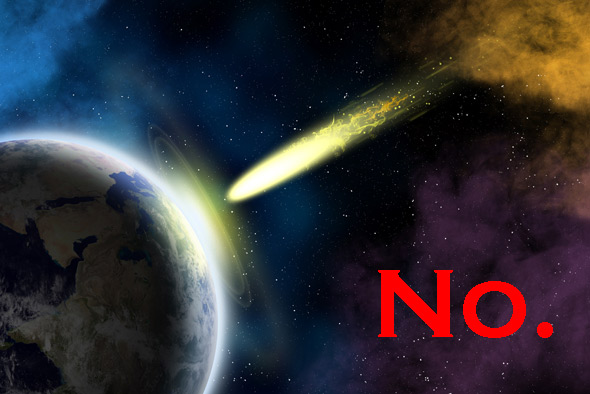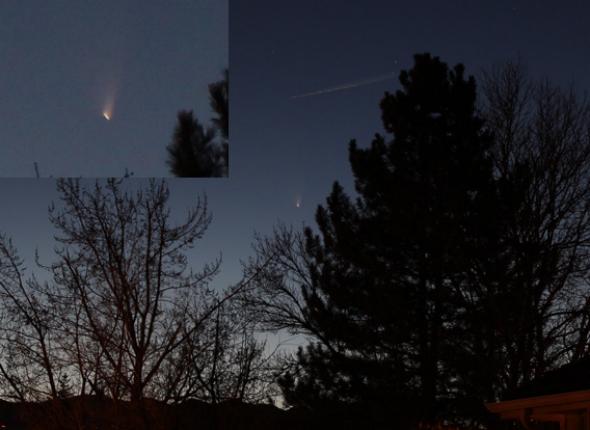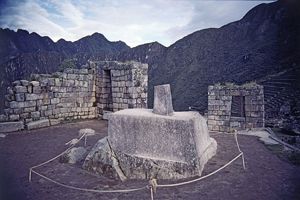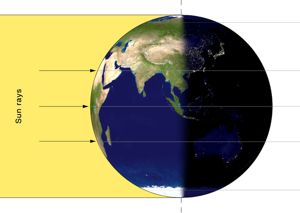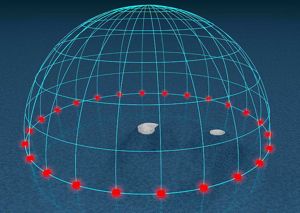Conclusion to WS, Sonnet 73:
"To love that well which thou must leave ere long."
Catherine Metzger. Such a vulnerable place.
Alfred Corn People, places, things we love become more treasured when we know we don't have long with them. And it's never very long.
Catherine Metzger You posted this conclusion when I was reading The Wanderer, prompted by one of my daughters who is studying to take the GRE and the specialized English Lit test. His lament of course is that of someone who had too much, too many, taken from him all at one time. "Where is that horse now? Where is that rider?....How that time has passed away,
dark under the cover of night,
as if it had never been!
Doug Anderson Devastating line.
Venkatesan Iyengar The "me" and "thou" are not one and the same.
Jack Miller As you know, this sonnet is especially dear to me. After thinking about it yet again, I decided to read some criticism of it from various well-known sources. What a fool John Crowe Ransom proved to be on this sonnet, what misguided prudery in his comments.I used to drink on occasion with his brother Bill, who gave up academia to tend The Napoleon House in New Orleans. I admired John Crowe, but prudery got the best of him on this sonnet. Fortunately, there are literary critics who do understand it and write elegantly about it; not that we need a word more than WS wrote.
Alfred Corn I don't recall what Ransom said. But it's hard to see anything in the sonnet that could prompt a prudish response. A summary?
Liz Rosenberg bare ruin'd choirs where late the sweet birds sang.... this one is my favorite sonnet of all. Thanks for reminding me.
Jack Miller Here is a quote from his analysis. It generated a back and forth over whether the poet is to be pitied or not and about the younger man addressed in the poem and their relationship. I have access to most literary journals, and the range of commentary on the sonnet is notable... "The structure is good, the three quatrains offering distinct yet equivalent figures for the time of life of the unsuccessful and to-be-pitied lover. But the first quatrain is the boldest, and the effect of the whole is slightly anti-climactic. Within this quatrain I think I detect a thing which often characterizes Shakespeare's work within the metaphysical style: he is unwilling to renounce the benefit of his earlier style, which consisted in the breadth of the associations; that is, he will not quite risk the power of a single figure but compounds the figures. I refer to the two images about the boughs. It is one thing to have the boughs shaking against the cold, and in that capacity they carry very well the fact of the old rejected lover; it is another thing to represent them as ruined choirs where the birds no longer sing. The latter is a just representation of the lover too, and indeed a subtler and richer one, but the two images cannot, in logical rigor, co-exist. Therefore I deprecate shake against the cold. And I believe everybody will deprecate sweet. This term is not an objective image at all, but a term to be located at the subjective pole of the experience; it expects to satisfy a feeling by naming it (this is, by just having it) and is a pure sentimentalism."(John Crowe Ransom, Shakespeare at Sonnets).
Jack Miller His calling the poet an old, rejected lover is absurd. It is just the opposite.
Alfred Corn Strange misreading. The insistence on objectivity is peculiarly obtuse.
Bill Tremblay Isn't there also the historical allusion? Henry VIII institutes the Anglican Church. He has the Catholic monasteries and churches sacked for gold monstrances, &c. Churches burned; hence "bare ruined choirs" are not that way from age but from the sword and brand. Which is a figure for a man who's been ravaged. "In me thou seest ..." all these things.
Jack Miller yes.
Graham Christian That Ransom! no feeling for poetry at all! Yes, I'm joking.
Jack Miller Now that I've spent a good part of two days reading articles, essays, and commentary on this and some other of the sonnets, I have to say that I am coming down on the side of silence before such greatness. So much misunderstanding and so many odd interpretations. Still, I just can't resist giving everyone a taste of the commentary. Comment on Sonnets 73 & 74
Sonnets 73, 74, and 75 are a threesome connected by the ‘but’ of 74 and the ‘so’ of 75. Sonnets 73 and 74 are considered together followed by sonnet 75.
Because of its lyrical progression of images, sonnet 73 is regarded as one of the great sonnets. Images of late autumn (73.1-4), the twilight of day (73.5-8), and glowing embers (73.9-12) arouse a ‘stronger’ love for life in the youth who realises that, like the aging Poet, he ‘must leave ere long’. But Shakespeare counteracts the idealistic element in sonnet 73 with the greater realism of sonnet 74. Images of autumn, sunset, and fire, give way to images of jail (74.1-4), earth (74.5-8) and worms (74.9-12).
In sonnet 73, the Poet likens his aging years to autumn with its ‘yellow leaves’ (73.2), the cold wind in the ‘boughs’ (73.3) and evokes the image of choirs of birds now gone from bare branches (73.4). Then he pictures himself in the ‘twilight’ of the day after ‘Sun-set’ (73.6), as ‘black night’ or ‘death’s second self ’ (73. takes away the light.
The Poet then compares his dying days to the ‘glowing’ fire in which ‘the ashes of his youth doth lie’. He is ‘consumed’ by the fire that once ‘nourished’ his youthful days. Significantly Shakespeare uses a cascade of natural imagery to evoke the relation of aging years to youthful energy. The only hint of ecclesiastical thought occurs in the negative metaphor of ‘ruined choirs’. (Some Christian commentators, beguiled by the artistry of the sonnet, imagine they hear a series of sympathetic religious attributions.)
In the couplet, as the Poet approaches death, he notes with irony that the youth’s love is made ‘more strong’. The youth, instead, should love the life ‘well’ that he ‘must leave ere long’. The Poet’s quiet acceptance of the idea of death as a natural event should awaken the idealising youth to the natural processes he is inclined to neglect out of fear of death. Throughout sonnet 73 Shakespeare ironically critiques religions that use the psychology of fear.
Sonnet 74 begins where sonnet 73 left off. The youth is told to be ‘contented’ with the ‘arrest’ that will take the Poet away ‘without all bail’ (74.2). The Poet takes the youth back to the first increase sonnet that set out the logical conditions for contentedness. He adds that his ‘life’ has ‘in this line’ some ‘interest’, which will stay with the youth as a ‘memorial’ (74.4). The reference back to the ‘lines’ of sonnet 18 recalls the logical relation between the lines of descent and the lines of poetry. Without descent there is no poetry.
So when the youth ‘renews’ his life through increase, which is the interest on the capital of his life, he renews the ‘very part was consecrate to thee’ (74.6). Shakespeare facetiously uses the religious sense of ‘consecrate’ to emphasise that the youth will find true immortality through increase. The ‘earth can have but earth’, which is his ‘due’, because the Poet’s ‘spirit’ is the better part of him (74.. Again the sonnet contextualises religious allusions within the content of the Poet’s natural logic.
The youth, then, stands to lose only the ‘dregs of life’, or ironically be the ‘prey of worms’ (74.10). The Poet is conquered by time’s ‘knife’ and is too ‘base’ to be ‘remembered’ (74.12). The irony is that religious idealism, which denies the body’s worth during a person’s life, prays to the body like a shrine when it is consigned to the earth.
In the couplet, the Poet restates the lesson of the increase sonnets and sonnets such as 55. The worth of the Poet’s lines as a ‘memorial’ resides in ‘that which it contains’. The ‘this’ that remains with the youth, recalls the ‘this’ from sonnet 18, where the Poet says ‘so long lives this, and this gives life to thee’ (18.14). The increase sonnets (1 to 14), and the poetry and increase sonnets (15 to 19) insist that, without the lines of increase, the Poet’s lines have no worth. So ‘this’ is the ‘worth’ that Shakespeare Sonnets contain.
Some commentators interpret ‘this’ as a reference to the sonnet’s ability to confer poetic immortality. But for the Poet, poetic immortality is conditional on the attitude to ‘life’ that the poetry ‘contains’. In sonnet 74, as in sonnet 18, the content of the verse ‘remains’ with the youth only if his lines of descent provide a future audience to read the lines of poetry. The Poet knows this is the only way the ‘spirit’ of any thought will ‘live’ after the body becomes the ‘prey of worms’. The idea is reinforced in sonnet 75, where the Poet says the youth is ‘to my thoughts as food to life’.
http://www.quaternaryinstitute.com/sonnetcomment70to81.html
 Sonnet Commentaries 70-81
www.quaternaryinstitute.com
Jack Miller
Sonnet Commentaries 70-81
www.quaternaryinstitute.com
Jack Miller This thou perceiv'st, which makes thy love more strong,
To love that well, which thou must leave ere long... Only the most perceptive writers realize that the lover perceives the aging of the poet as a reason to love him all the more strongly, knowing that his love, the poet himself, must leave ere long.
Jack Miller The sonnet brings to mind, for me, Christopher Isherwood and Don Bachardy, the latter who loved Isherwood so strongly that he drew his portrait over and over until his death.




